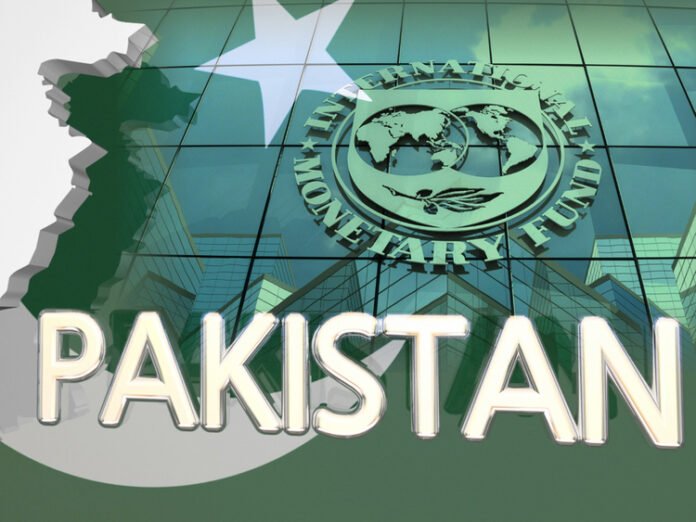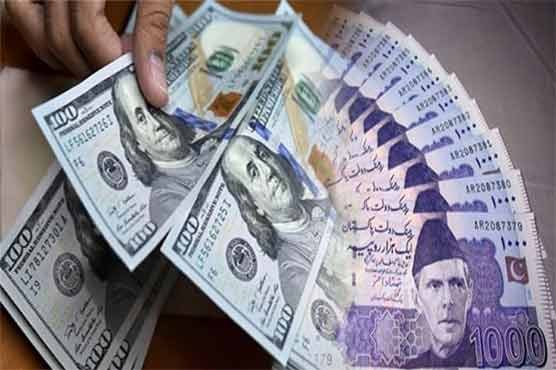IMF’s free market
ISLAMABAD: The IMF’s demand for an intervention-free foreign exchange market in Pakistan has led to a significant increase in the value of the US dollar even after the disbursement of the IMF loan.
As the IMF handed over $1.2 billion to Pakistan under the Stand-By Arrangement on July 13, the value of the rupee improved. However, it proved a temporary relief and the US dollar has, once again, hit the 290 rupees level in the open market trading on Wednesday morning.

Meanwhile, in inter-bank trading, the dollar-rupee exchange rate has increased to above 287 rupees. It fell to 272 rupees when the IMF board approved the loan, but in the following days, the dollar again resurged with full vigor and hit 290 in open market trading.
Program objectives. Policies under the new program aim to support the authorities’ immediate efforts to stabilize the economy and rebuild buffers.
Key policy pillars include (i) an appropriate FY24 budget to support needed fiscal adjustment; (ii) a return to a market-determined exchange rate and proper functioning of the foreign exchange (FX) market to absorb balance of payment (BOP) pressures and eliminate FX shortages; (iii) adequately tight monetary policy to support disinflation and anchor expectations; and (iv) continuation of structural efforts to strengthen energy sector viability, SOE governance, and the banking sector, while supporting efforts to build Pakistan’s climate resilience.
Resolving Pakistan’s structural challenges, including long-term BOP pressures, will require continued adjustment and creditor support beyond the program period.
A possible successor arrangement could help anchor the policy adjustment needed to restore Pakistan’s medium-term viability and capacity to repay. Program modalities. The authorities have requested a 9-month Stand-By Arrangement (SBA) in the amount of SDR 2,250 million (111 percent of quota or about US$3.0 billion). The authorities believe that the SBA can play a crucial role in rebuilding confidence by anchoring policies during the upcoming period and providing a framework that could catalyze support from multilateral and bilateral creditors, which is crucial for Pakistan to meet its large financing needs in FY24.
Risks: Pakistan’s economic challenges are complex and multifaceted, and risks are exceptionally high. Addressing them requires steadfast implementation of agreed policies, as well as continued financial support from external partners. Consistent and decisive implementation of program agreements will be essential to reduce risks and maintain macroeconomic stability.
Pakistan’s economy was buffeted by significant shocks over the past year. The severe impact of the floods, the commodity shock from the war in Ukraine, and the tightening of external and domestic financing conditions together with policy backsliding aggravated economic conditions and halted the post-pandemic recovery.
Growth stalled, inflation surged, international reserves dropped to very low levels, and fiscal and external pressures have become acute. Despite some efforts in FY23H2, the difficult economic, social, and political environment as well as insufficient external financing, have prevented sufficient progress in completing the Extended Fund Facility (EFF) which expired on June 30. To address the challenges and sustain macroeconomic stability, the authorities have renewed their policy efforts, and are seeking support under a new Stand-By Arrangement.










